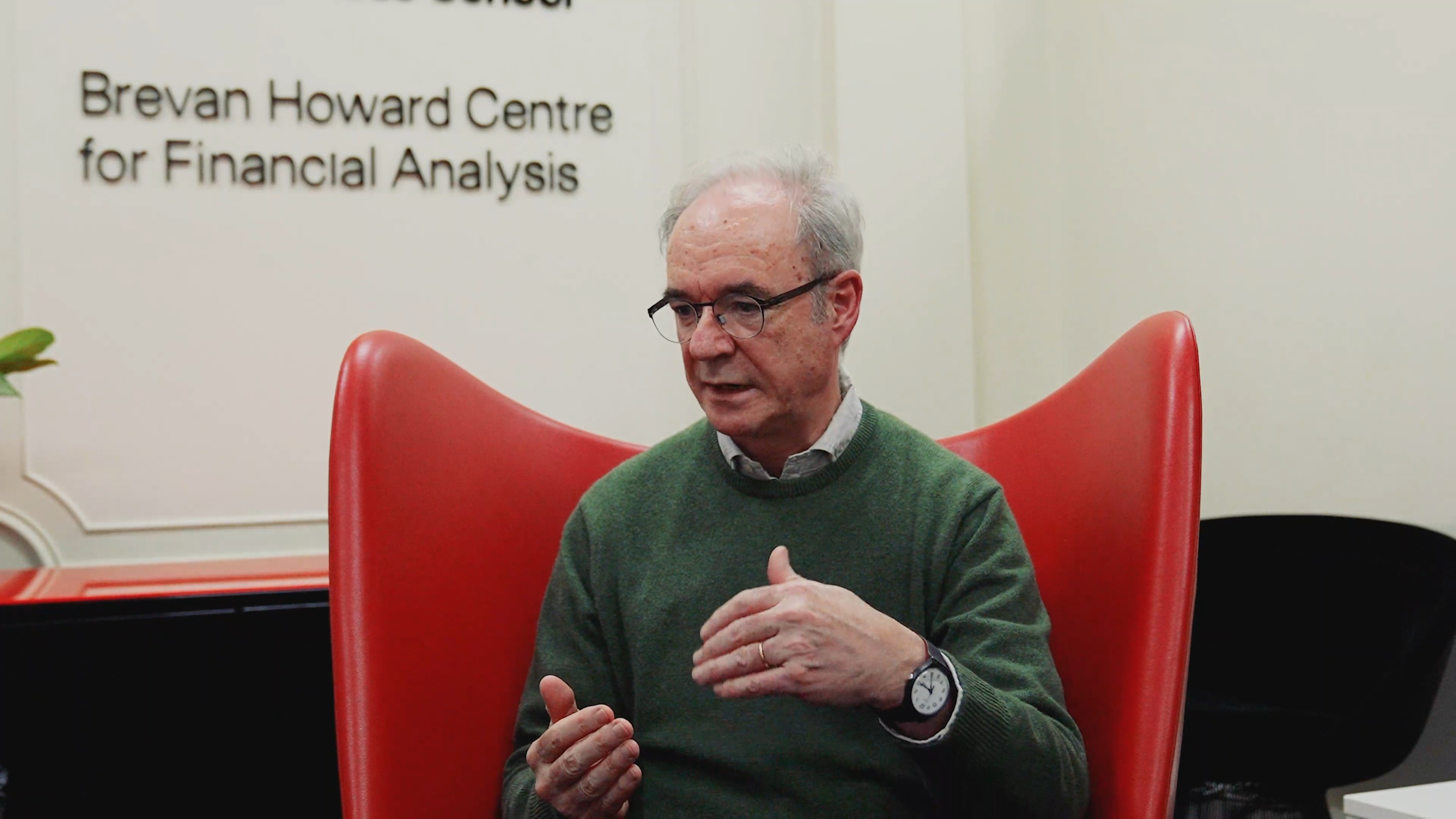At its essence, trust is at the heart of a successful economic system. To understand finance's future, we must first understand how the financial system has historically dealt with "the funding problem," or in economist speak, "asymmetric information." The need for funding, or capital, historically and perhaps too generally can be divided into two groups — those who have ideas, but no money and those who have money, but no ideas. The goal is to connect these two groups by reducing the information asymmetry between them.

In this regard, tech companies have the solution: data. In a recently published BIS report, headed by Leonardo Gambacorta, Gambacorta finds that "the use of massive amounts of data by large technology firms (big techs) to assess firms' creditworthiness could reduce the need for collateral in solving asymmetric information problems in credit markets." More simply, the report adds to a litany of support to Holmstöm's hypothesis that "information is the new collateral."
Like everything in the digital age; traditional methods and approaches are being upgraded. This is also true of the financial system; ways of acquiring the funding that lasted for thousands of years have now suddenly changed. Obtaining financing based on data and information is more effective and economical than traditional collateral, such as putting up your house as collateral to secure a loan.
The fact that digital technology and fintech platforms can reduce the funding gap should be welcomed news. Especially for disadvantaged groups and impoverished areas worldwide who might otherwise be taken advantage of by predatory lenders.
Fintech companies such as Ant Group who work with partners such as CFPA Microfinance, deploy technologies to reduce poverty in China's rural areas by providing credit loans to underbanked communities.
It is further proof that while geography might still cast a large shadow in many ways, with the digital revolution, its shadow is diminishing. In the future, remote regions have the same access to capital as the largest metropolis. This new age of inclusivity means that the lowest rung of the income distribution pyramid has access to financial services and, in turn, capital. However, what's perhaps more important is that it is all driven by the sharing of data. It is a feedback loop where the data producer's information is used, analyzed by a company, but then given back in the shape of new opportunities and products.
There are fundamental needs within the financial system: People need money, people need vehicles for saving, people need payment methods, and people need trust. Digital technology will not upset this old order but instead disrupt the limited solutions by bringing about new ways to meet these enduring needs.









